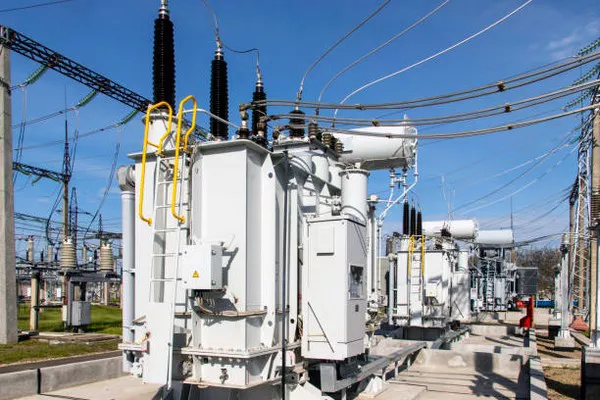Heating, Ventilation, and Air Conditioning (HVAC) systems play a pivotal role in maintaining optimal indoor environmental conditions. One crucial component within these systems is the transformer, a device that often goes unnoticed but serves a critical function in ensuring the efficient and safe operation of HVAC equipment. In this article, we will explore the role of transformers in HVAC systems, their functionality, and their significance in maintaining a comfortable and functional indoor environment.
Function of Transformers in HVAC Systems:
Transformers are electrical devices that facilitate the transfer of electrical energy between circuits through electromagnetic induction. In the context of HVAC systems, transformers are primarily responsible for voltage regulation. These devices modify the voltage levels supplied to various components within the system, ensuring that the electrical power is suitable for different equipment and controls.
Voltage Transformation:
One of the primary functions of transformers in HVAC systems is voltage transformation. The power supplied to buildings from the electrical grid typically comes at a higher voltage level. However, most HVAC equipment, such as air conditioners and furnaces, requires lower voltage levels for safe and efficient operation. Transformers step down the incoming voltage to a level that is appropriate for the HVAC equipment, preventing potential damage and ensuring the safety of the system.
Power Distribution:
HVAC systems often consist of various components, each with specific voltage requirements. Transformers play a crucial role in distributing power to these components at the appropriate voltage levels. For instance, blower motors, compressors, and control circuits may require different voltages, and transformers help tailor the electrical supply to meet the unique needs of each component. This precise distribution of power contributes to the overall efficiency and reliability of the HVAC system.
Control Circuit Power:
In addition to supplying power to major components, transformers are integral to the functioning of control circuits in HVAC systems. Modern HVAC systems incorporate sophisticated control systems that regulate temperature, humidity, and airflow. Transformers supply the necessary power to these control circuits, enabling them to monitor and adjust the system’s parameters to maintain optimal indoor conditions. Without transformers, the delicate balance achieved by these control systems would be compromised, leading to inefficiencies and potential malfunctions.
Safety and Protection:
Transformers also play a crucial role in ensuring the safety and protection of HVAC systems. By regulating voltage levels, transformers prevent electrical equipment from being subjected to excessive voltage, which could result in damage or failure. Moreover, transformers often incorporate protective features such as fuses and circuit breakers, adding an additional layer of safety to the system. These protective measures help safeguard the HVAC equipment, preventing potential hazards and extending the lifespan of the components.
Types of Transformers in HVAC:
There are two main types of transformers used in HVAC systems: step-up transformers and step-down transformers. Step-up transformers increase the voltage from the power source, while step-down transformers reduce the voltage. The choice between these types depends on the specific voltage requirements of the HVAC equipment and the overall design of the system.
See Also What Is A Transformer Outlet On A Surge Protector
Conclusion:
In conclusion, transformers are indispensable components in HVAC systems, serving a variety of critical functions that contribute to the efficient, safe, and reliable operation of the entire system. By regulating voltage levels, distributing power to different components, and supporting control circuits, transformers play a pivotal role in maintaining optimal indoor environmental conditions. Understanding the importance of transformers in HVAC systems underscores the significance of these often-overlooked devices in ensuring the comfort and functionality of our built environments. Regular maintenance and attention to transformer health are essential to guarantee the longevity and performance of HVAC systems, highlighting the need for ongoing awareness and appreciation of these vital components within the field of heating, ventilation, and air conditioning.

